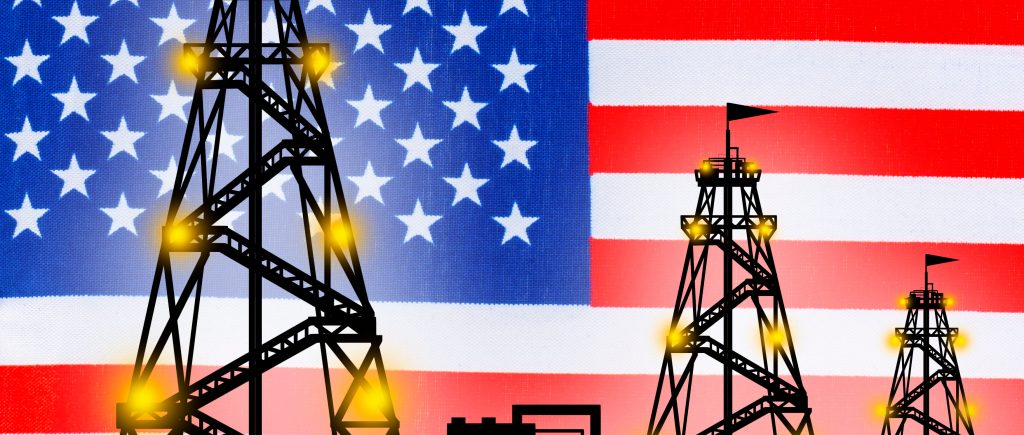The American Petroleum Institute (API) estimated that there was a draw this week for crude oil of 3.0 million barrels, compared to analyst predictions of a 1.558 million barrel draw. US crude inventories have shed 80 million barrels since the start of 2021 and about 23 million barrels since the start of 2020.
In the week prior, the API reported a draw in crude oil inventories of 4.28 million barrels after analysts had predicted a build of 25,000 barrels. Oil prices were trading down on Tuesday as it appeared that Ukraine and Russia had made some progress in their peace talks.
WTI was trading down 1.31% at $104.60 per barrel on the day at 2:10 p.m. ET, down nearly $7 per barrel on the week. Brent crude was trading down 1.65% on the day at $110.60 per barrel on the day, down $5 per barrel on the week. At 4:36 pm, ET, WTI was trading at $105.00 (-0.91%), with Brent trading at $111.30 (-1.08%).
At a time when American consumers are concerned about fuel prices at the pump and the global crude oil markets remain tight, US crude oil production has not budged in seven weeks from its position at 11.6 million bpd—still down 1.5 million barrels per day from pre-pandemic times as of 18 March.
Oil prices tended to close down only $2 on Tuesday, as talks progressed between Russia and Ukraine to end their weeks-long conflict, though Moscow negotiators said a promise to scale down some military operations did not represent a ceasefire.
New China’s lockdowns to curb coronavirus infections are also weighing on oil futures, and prompted concerns that fuel demand could take a hit as well.
Ukrainian and Russian negotiators met in Turkey for the first face-to-face discussions in nearly three weeks. The top Russian negotiator said the talks were “constructive.”
Russia promised to reduce its military operations around Kyiv and northern Ukraine; Ukraine proposed adoption of neutral status but with international guarantees that it would be protected from attack.
Oil came off session lows when Moscow’s lead negotiator cautioned that Russia’s promise to decrease military operations did not represent a ceasefire and a formal agreement with Kyiv had a long way to go.
There may be reasons to be a bit more optimistic than we were this time yesterday, but think this whole situation with Ukraine is not going to go away in the near future. Sanctions imposed on Russia over its invasion of Ukraine had disrupted oil supplies and driven oil prices to nearly $140 a barrel, its highest in about 14 years.
New lockdowns in Shanghai to curb rising coronavirus cases also pressured prices on Tuesday as the market worried about a falloff in Chinese demand. Shanghai accounts for about 4% of China’s oil consumption.
Lockdowns have dampened consumption of transportation fuels in China to a point where some independent refiners are trying to resell crude purchased for delivery over the next two months, traders and analysts said.
China’s zero-COVID policy is bringing some relief to the oil market, albeit involuntarily, which is very tight due to the supply outages from Russia. Weakness in global oil demand is expected to persist through April and May, given high oil prices and China’s COVID-19 situation.
Early in the session, oil prices rose almost $2 on continued disruption of Kazakhstan’s supplies and as major producers showed no sign of rushing to boost output significantly. Kazakhstan is set to lose at least a fifth of its oil production for a month after storm damage to mooring points used to export crude from the Caspian Pipeline Consortium according to the energy ministry.
The OPEC+ producer group is expected to stick to its plan for a modest output rise in May despite high prices and calls from the United States and other consumers for more supply. The energy ministers of Saudi Arabia and the United Arab Emirates, key members, said OPEC+ should not engage in politics as pressure mounted on them to take action against Russia over its invasion of Ukraine.

 Noor Trends News, Technical Analysis, Educational Tools and Recommendations
Noor Trends News, Technical Analysis, Educational Tools and Recommendations




